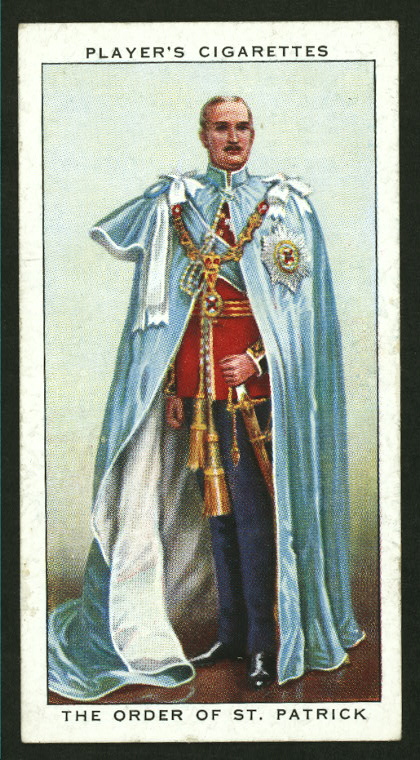The History of Green and St. Patrick’s Day
by Taylor Phillips
St. Patrick’s Day is celebrated on March 17th with parades and festivals adorned in green. This color represents the ‘emerald isle’ of Ireland, as well as the famous shamrock that St. Patrick used as a metaphor to teach about the holy trinity. But despite the current popular use of green, the color originally associated with St. Patrick was actually blue.
The life of St. Patrick is surrounded by a mixture of fact and myth. His date of birth is unknown, but he is credited with bringing Catholicism to Ireland around A.D. 400. Only two letters from him survive, accounting for the known details of his life. When he was about sixteen, he was captured and taken from Wales by Irish raiders and was enslaved in Ireland for six years. He escaped, became an ordained bishop, and returned to Ireland in order to spread his faith.
After his death on March 17, A.D. 461, St. Patrick became widely known as the patron saint of Ireland. St. Patrick’s day was already being celebrated in Europe in the ninth and tenth centuries and became more and more popular as a holiday as time went on. In 1783, the Order of St. Patrick was established as the senior order of chivalry in the Kingdom of Ireland. They chose the color blue as the ‘colour of honors’, and this color is still found on Ireland’s coat of arms.
The color green became more popularly associated with the holiday starting with the ‘wearing of the green’ in the 17th century. On St. Patrick’s Day, green ribbons and shamrocks would be pinned to the clothing. Shamrocks were used by St. Patrick to teach about the holy trinity, which is why they are associated with the holiday to this day. Green symbolizes the shamrock as well as the ‘emerald isle’ that characterizes Ireland’s landscape.
During the Irish Rebellion of 1798, the soldiers combined a national saint and the ‘wearing of the green’ and made their uniforms out of green fabric. This unification of religion and nation led to green being the accepted color of Ireland and the primary color associated with St. Patrick’s Day today.
Sources:
Galloway, Peter (1999). The most illustrious Order: The Order of St Patrick and its knights (2nd ed.). London: Unicorn. p. 172.
Adair, Daryl. The Wearing of the Green: A History of St. Patrick’s Day. Routledge. 2002.
http://news.nationalgeographic.com/news/2004/03/0312_040312_stpatrick_2.html
